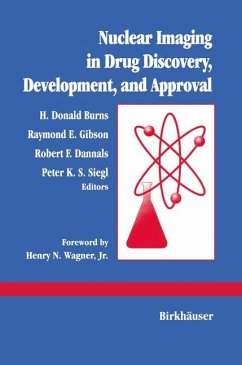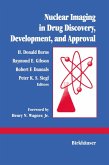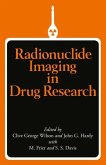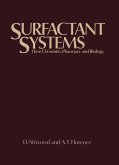It is the purpose and business of the pharmaceutical industry to dis cover, develop, and make available drugs for the care of the sick. The purpose of universities and national laboratories is to provide people and scientific knowledge that can help in the process. This book presents the combined efforts of scientists from the drug in dustry, academic laboratories and national laboratories to describe advances in radiotracer technology in studies on experimental ani mals and living human beings. The authors believe that the technol ogy is now ready for widespread application in the pharmaceutical industry. The goal of this book is to help bring this about. The field of Nuclear Medicine is based on the concept that, if treatment of disease is chemical, the patient's diagnosis should be chemical. Anatomy and histopathology have been the principle ba sis for making a diagnosis. Histopathologic data suffer from being descriptive, subjective, not quantifiable, and based on the study of dead tissue. The era of histopathology as the dominant concept in medical practice is coming to an end. Histopathologic findings are often heterogeneous and a single biopsy will at times not reveal the true nature of the disease, such as the grading of malignancy. Far greater accuracy of staging of disease and in the planning of treat ment is possible through chemistry, as well as by making possible a more suitable selection of a histological biopsy site.








